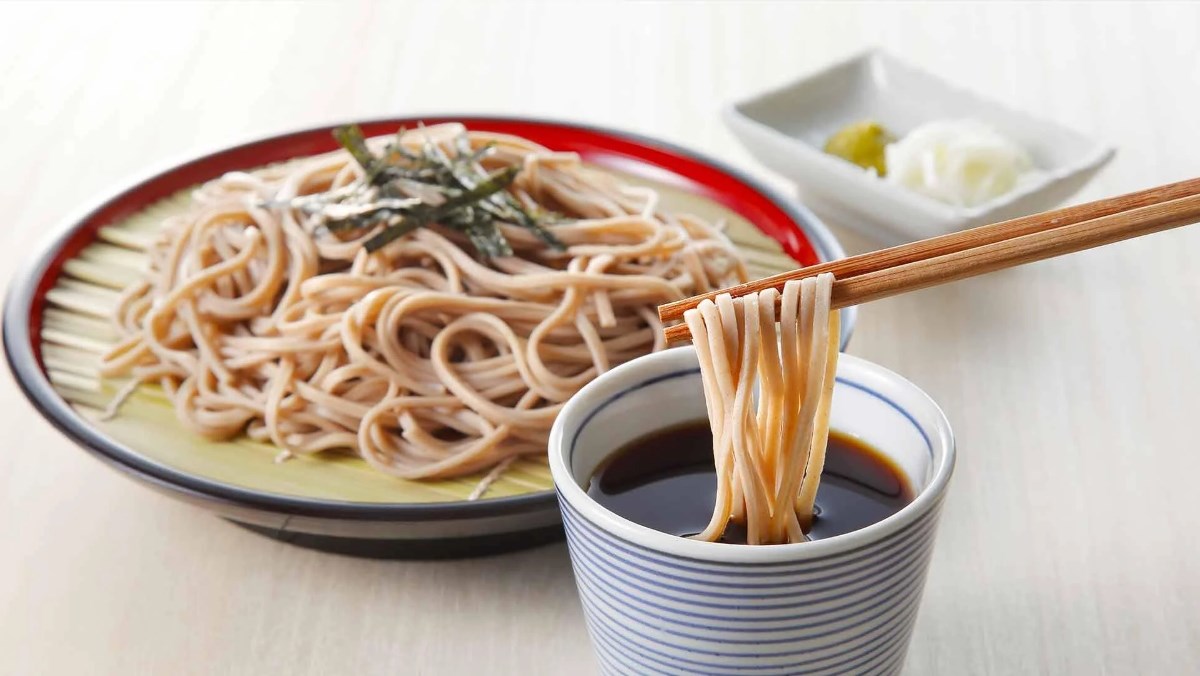No products in the cart.
Mì Soba Xào Vị Nước Tương Của Asahikawa Kiểu Nhật Có Ngon Không, Cách Nấu Mì soba xào là một món ăn phổ biến và được yêu thích tại Nhật Bản. Món ăn này thường được làm từ mì soba, một loại mì được làm từ bột kiều mạch, xào với nước tương, đường, và […]

